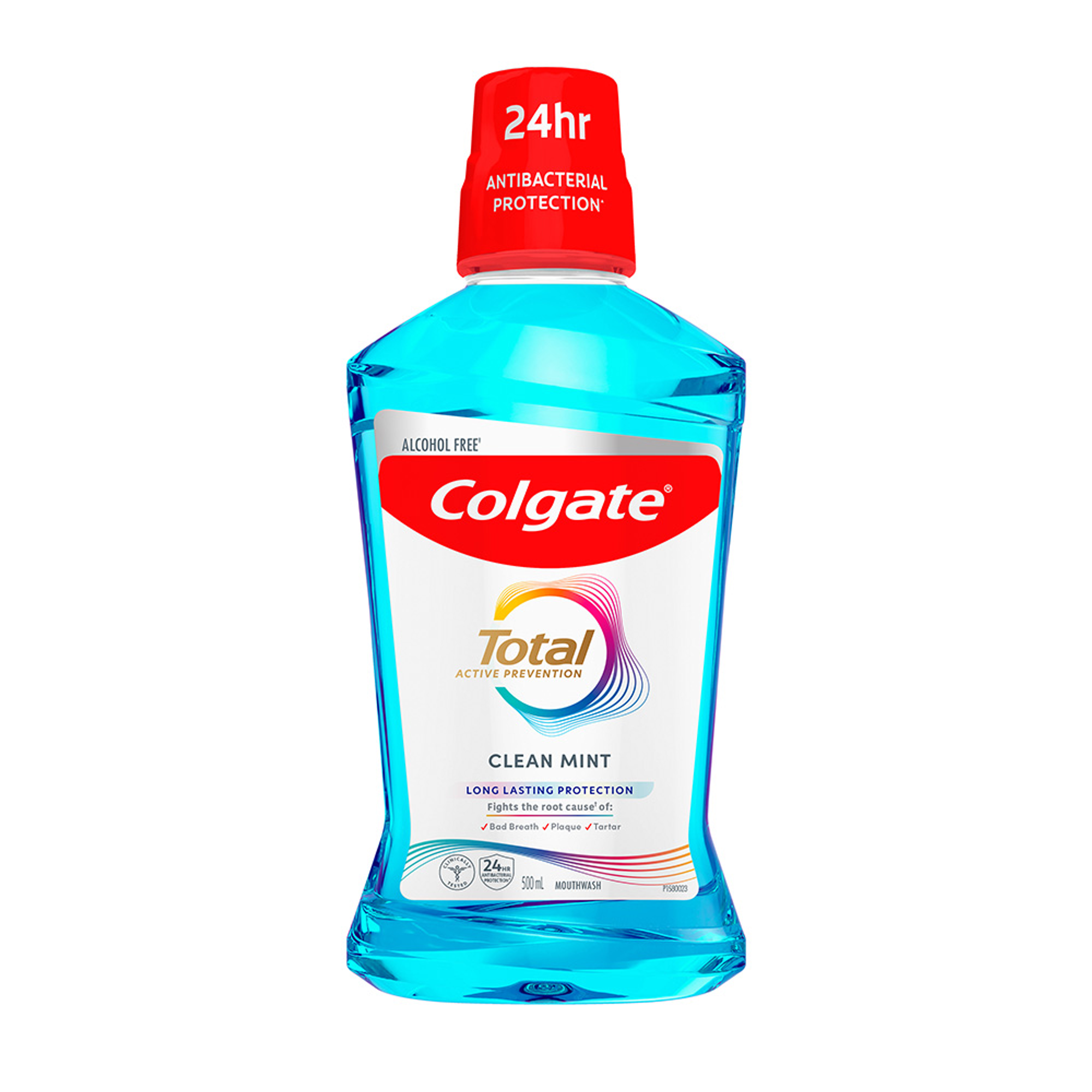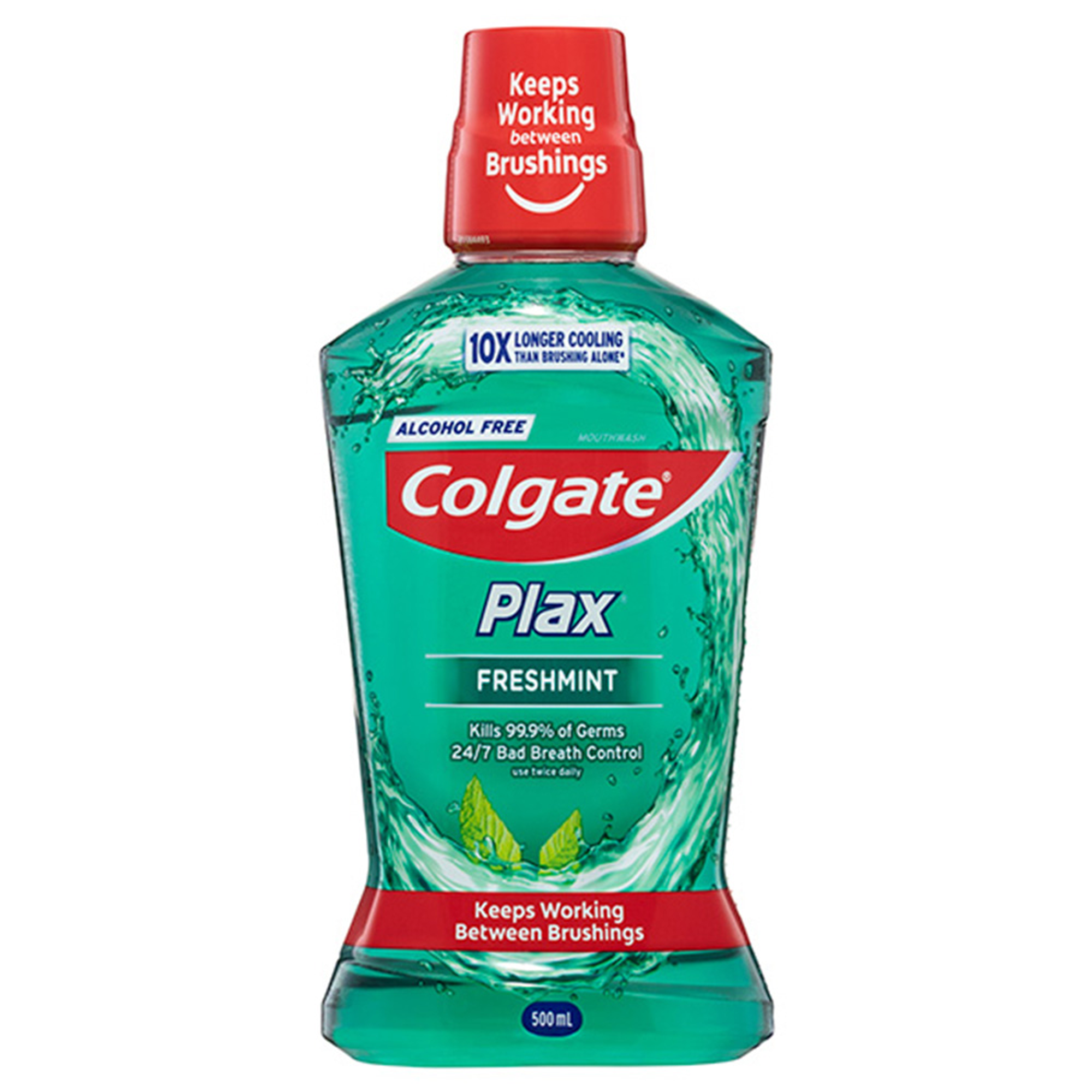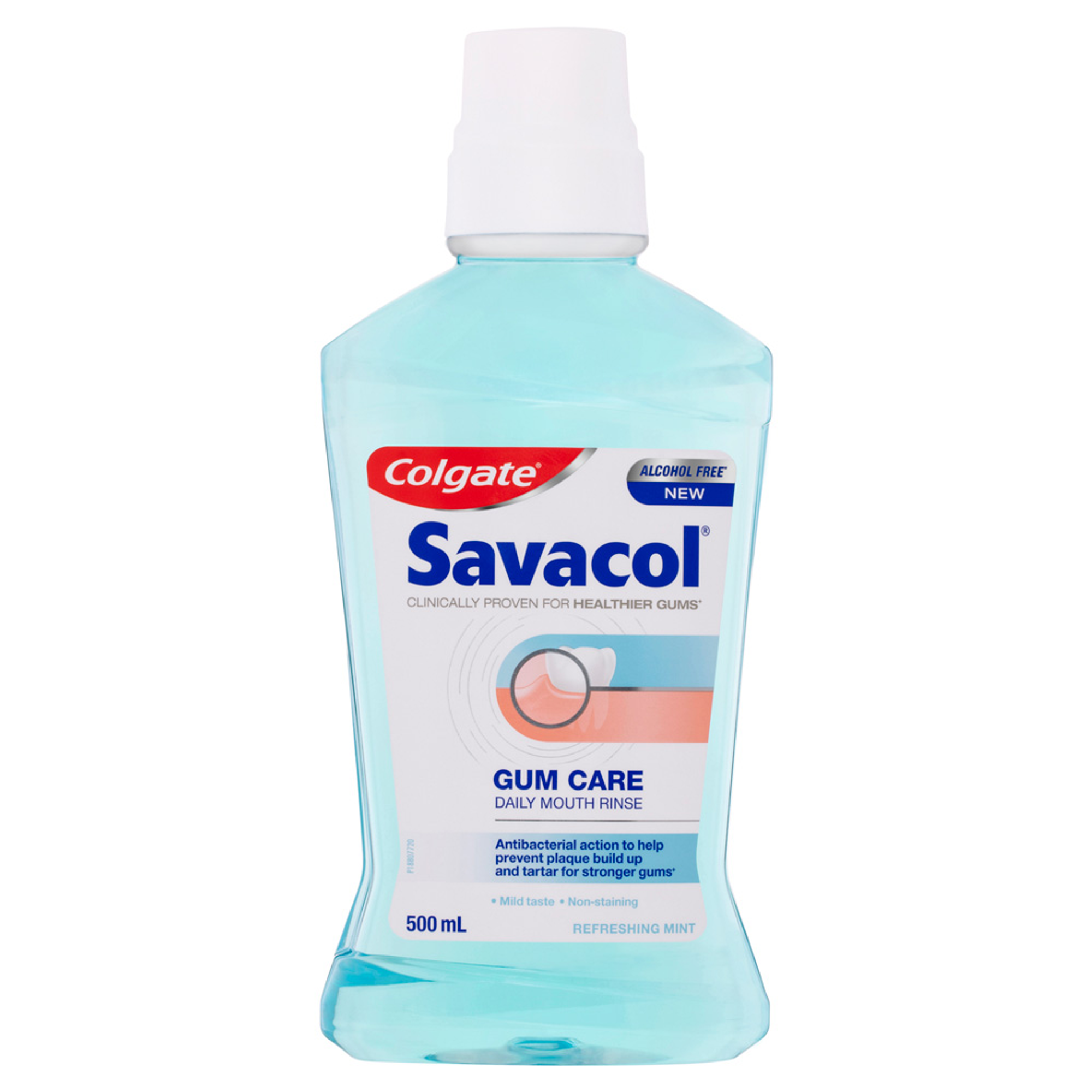
Dental caries is one of the most prevalent chronic non-communicable diseases in the world, and the older population is at a disproportionately high risk. In Australia, the Australian Dental Association Oral Health Tracker estimates that only 10.7% of adults over 15 years have never experienced tooth decay. In addition, in general, institutionalized elders are at greater risk than non-institutionalized. With adults 60 and older set to represent 22% of the global population by 2050, it is essential that dental professionals understand caries risk in the older population.
Nutrition and caries risk in the aging population
While diet affects caries risk in all age groups, it presents a particularly high risk in the geriatric population. We also know that the aging process can bring about numerous changes in the oral cavity, for example, reduced salivary flow and altered salivary composition due to factors such as systemic diseases, medications and hormonal changes. Outlined below are ways in which nutrition can affect caries risk, both on its own and through its interaction with other risk factors.
Food selection
Older patients are more likely to favour foods with soft, smooth or moist textures over dry, fibrous or hard foods. This can be attributed to chewing and swallowing difficulties caused by reduced salivary flow, masticatory muscle weakness, oral lesions, or missing or loose teeth. While foods that are soft, moist and/or smooth are easier to chew and swallow, they are often high in fermentable carbohydrates and thus present a greater caries risk. Additionally, stagnation of the food bolus tends to occur in contact with the labial surfaces of the teeth, especially in the premolar-molar area.
For other patients, physical or cognitive difficulties (e.g., arthritis, dementia) may make it harder to shop for, prepare and eat more complex foods, and they may rely on convenience foods and snacks instead that contain high levels of fermentable carbohydrates.
Eating patterns
Older patients often prefer smaller, more frequent meals and snacks, as opposed to larger meals. For some, this may be due to age-related changes in appetite and metabolism. In some cases, patients may also have been advised to eat less at each meal but to eat more often. Unfortunately for our older patients, caries risk is closely associated with increased eating frequency as well as increased sugar intake and consumption of other fermentable carbohydrates.
Hyposalivation
As previously mentioned, impaired salivary function can make chewing, lubricating and swallowing food more difficult. Reduced salivary flow also reduces the ability to clear food debris, buffer acidity in the oral cavity, and to remineralize dental hard tissues if demineralisation has occurred. All of these factors increase caries risk. Exposed roots are particularly vulnerable to acid attacks, with root caries common in elderly patients. In addition, a lower intraoral pH promotes biofilm accumulation.
Oral Hygiene challenges
Elderly patients with physical or cognitive difficulties may lack the capacity to perform adequate oral hygiene by themselves. Without adequate hygiene, debris and biofilm can accumulate in interdental spaces, periodontal pockets, over exposed root surfaces which may be difficult to access, and around poorly maintained prostheses — all common in old age.
Tip #2 Proper selective etching
1. Perform a thorough risk assessment
The American College of Prosthodontists recommends using the Caries Management by Risk Assessment (CAMBRA) questionnaire to gauge caries risk and develop a treatment protocol. In elderly patients, they advise that preventative measures should take priority over operative treatments.
2. Provide therapeutic fluorides
For high-risk elderly patients, use of a high concentration fluoride toothpaste such as Colgate Neutrafluor 5000 Plus*offers enhanced remineralisation and caries protection. High-level fluoride toothpaste containing 5000 ppm fluoride has been shown to arrest and reverse early caries lesions.
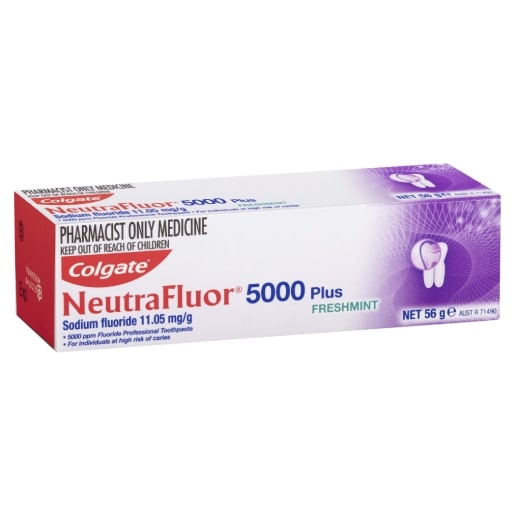
In-surgery application of fluoride varnish is also recommended two to four times a year for patients at elevated risk of dental caries. One option is Colgate Duraphat Varnish^.
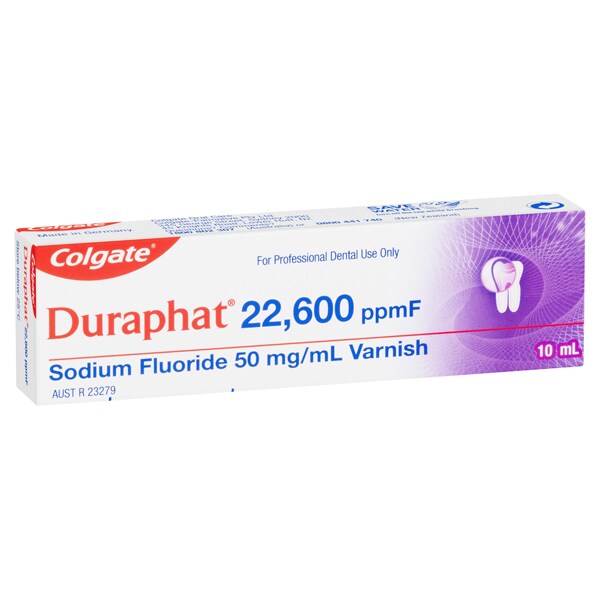
3. Provide nutritional advice, keeping it simple and actionable
Nutritional counseling is a cornerstone of caries prevention. Patients and caregivers should be educated on the interaction between diet and caries risk. Bearing in mind that older patients may have socioeconomic, physical or cognitive barriers to compliance, and may also be managing the burden of other chronic illnesses, nutritional advice should be simple, memorable and easy to act on.
It is important to work closely with care teams to ensure that caries risk is considered and managed as part of the patient’s nutritional support.
4. Support oral hygiene
Patients and caregivers should be shown how to perform adequate oral hygiene and provided with suitable recommendations. For example, patients (or their caregivers on their behalf) may benefit from using an electric brush with a Connected App for oral hygiene, such as the Colgate Pulse.
*Neutrafluor 5000 Plus Toothpaste
Sodium Fluoride 11.05mg/g
Dental caries preventative for individuals at high risk for caries, when used as part of a preventative regimen recommended by a dental professional or doctor. Use daily in place of a regular toothpaste. Apply a thin ribbon of toothpaste to soft small toothbrush. Brush teeth thoroughly for 2 minutes and then spit out. For best results, refrain from eating, drinking or rinsing for 30 minutes.
Not for use in patients with known allergies or hypersensitivity to any of the ingredients of Neutrafluor 5000. Allergic reactions have been rarely reported with the use of fluoride toothpastes.
^Duraphat Varnish
Sodium Fluoride 50mg/mL
Prevention of caries. Treatment of sensitive teeth. Not for use in patients with hypersensitivity to any ingredients in Duraphat, ulcerative gingivitis, stomatitis and bronchial asthma. Not for systemic treatment. Do not swallow. 33.8% ethanol content. Avoid use in pregnant or lactating women
Neutrafluor 5000 Plus ( AU: Pharmacist Only Medicine, NZ:. Restricted Medicine). Duraphat Varnish (AU: Non- Scheduled Medicine, available for supply only to Dental professionals, NZ: Prescription Medicine). Please refer to the full product information before recommending. Available from Colgate-Palmolive upon request. Colgate-Palmolive Pty Ltd. Sydney, NSW AU. Colgate-Palmolive Ltd. Newmarket, Auckland, NZ
Join us
Get resources, products and helpful information to give your patients a healthier future.
Join us
Get resources, products and helpful information to give your patients a healthier future.






